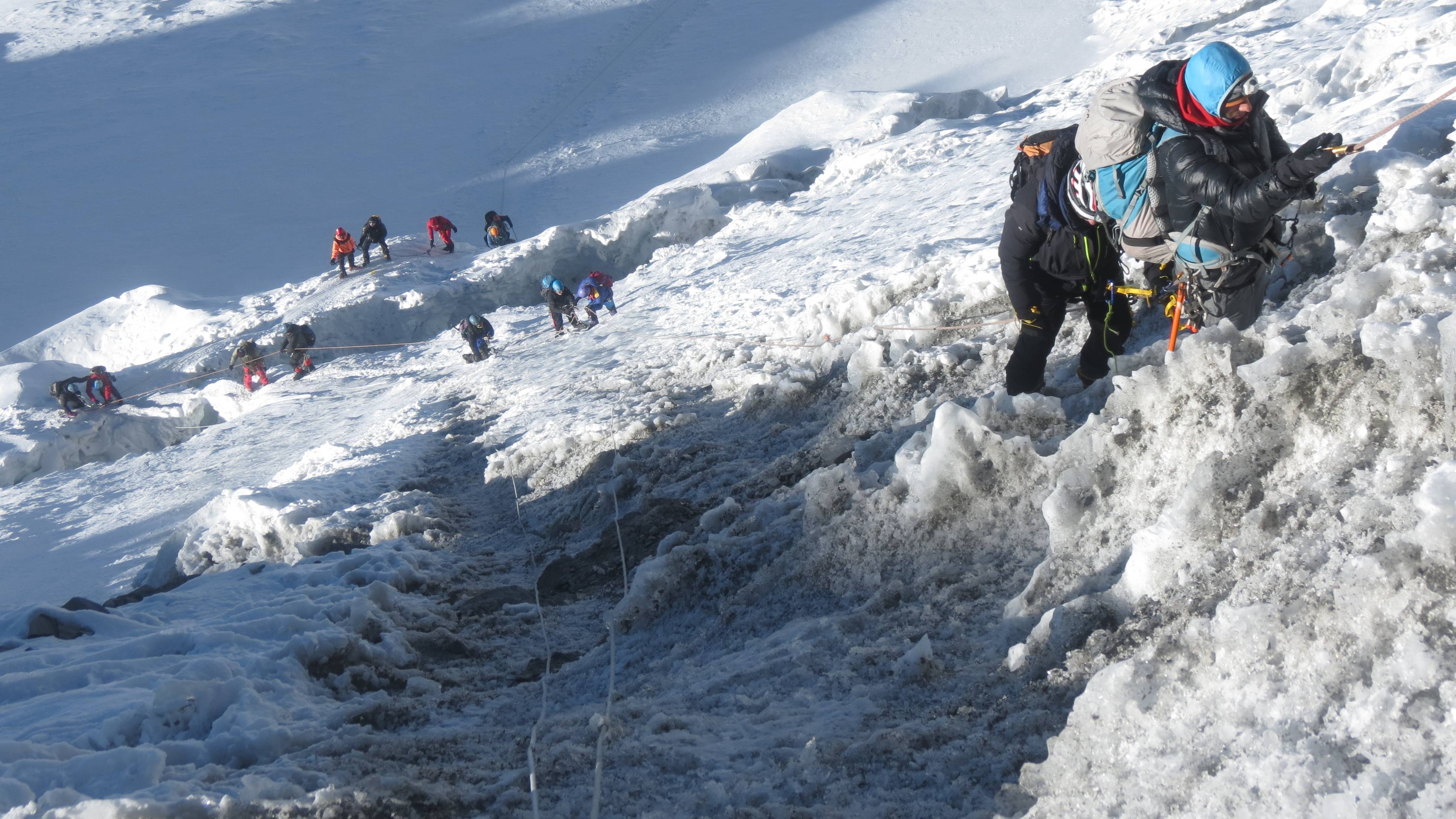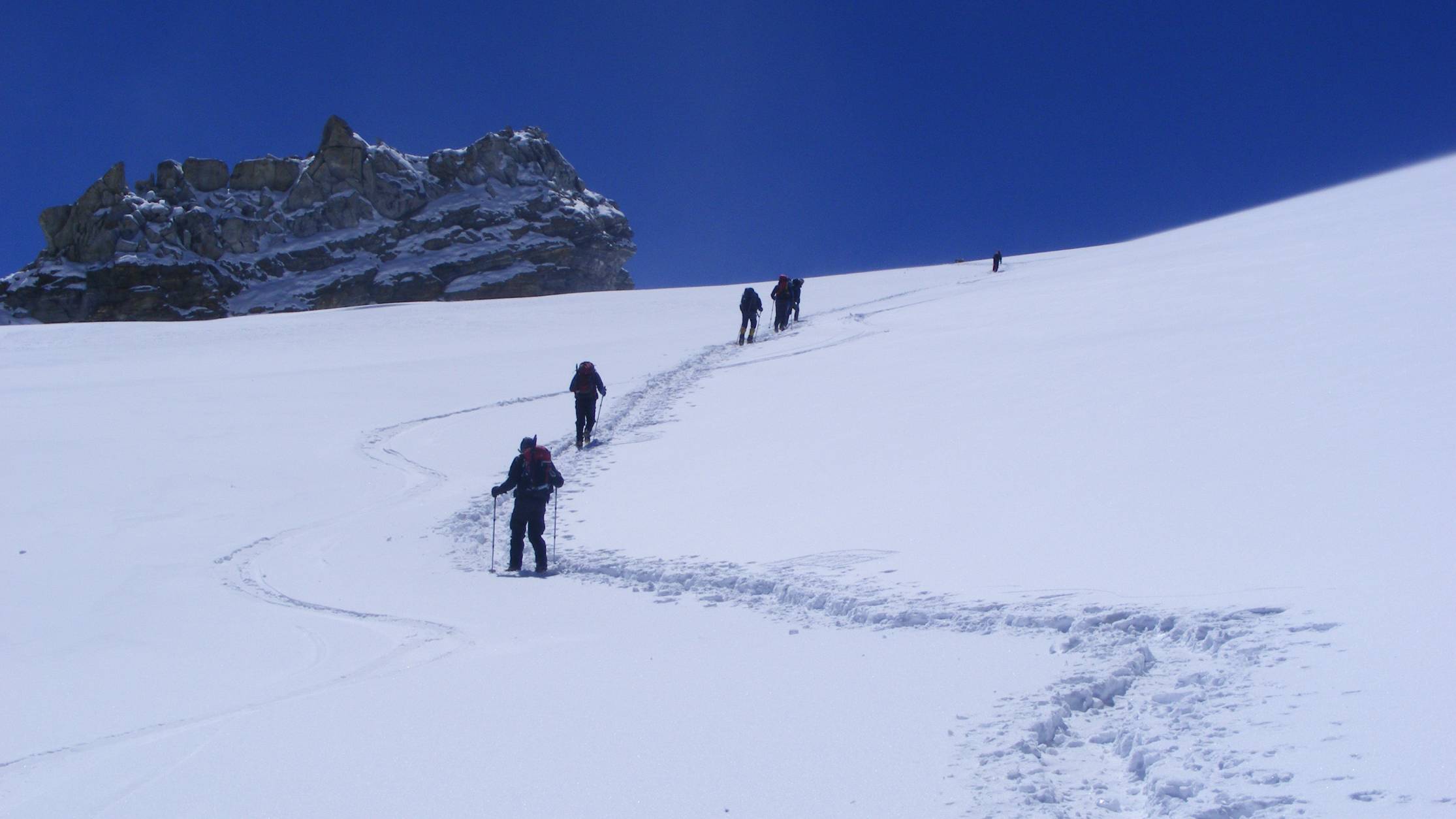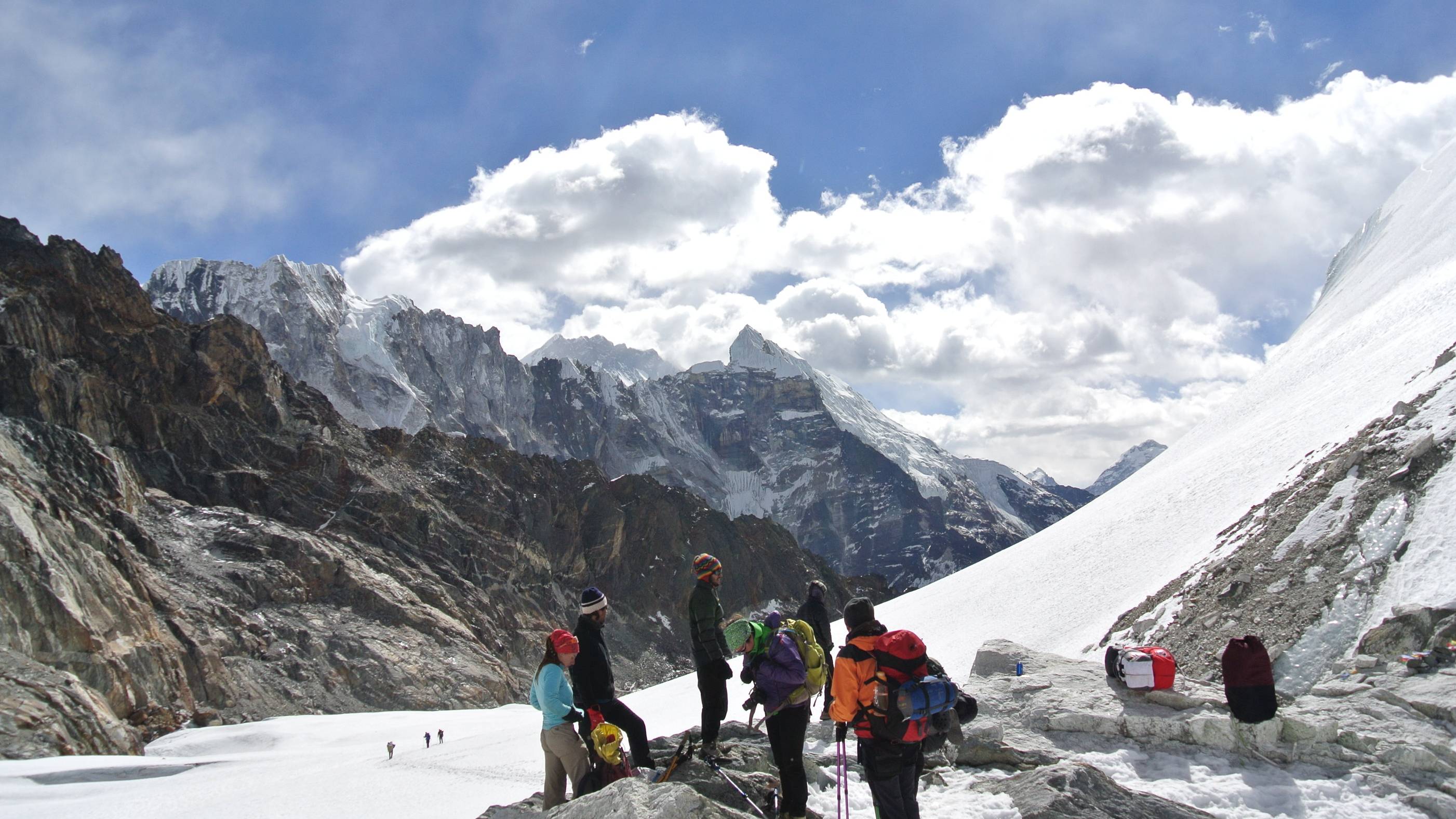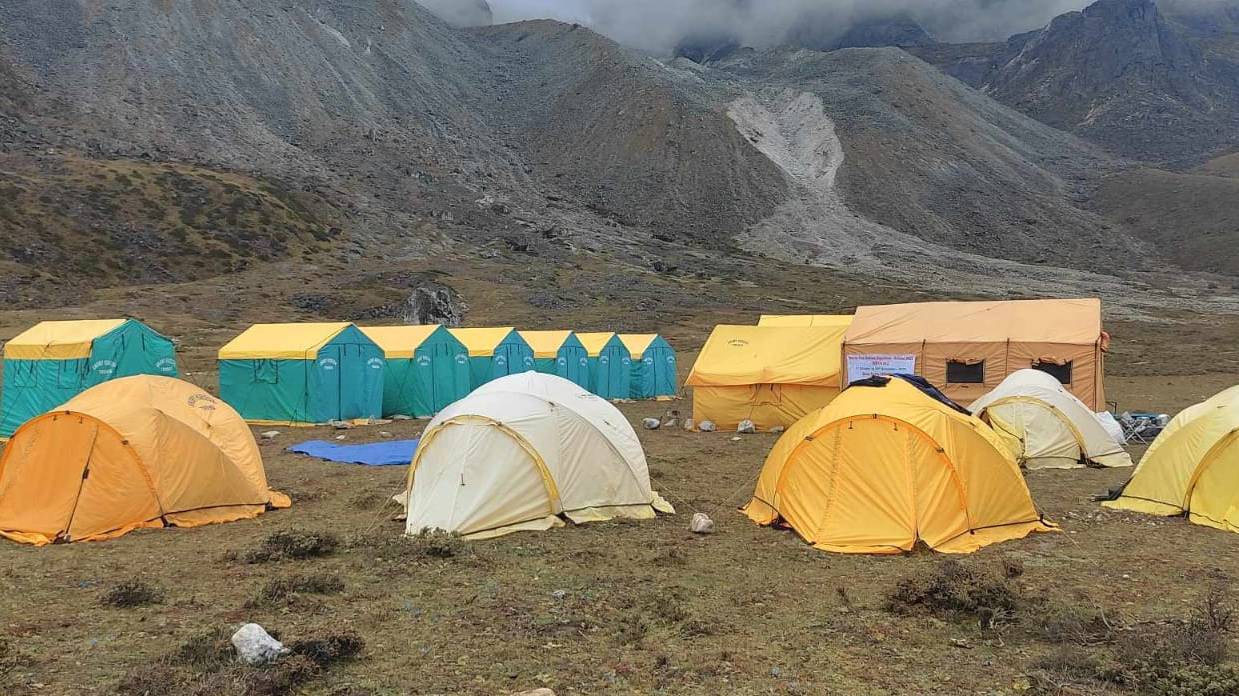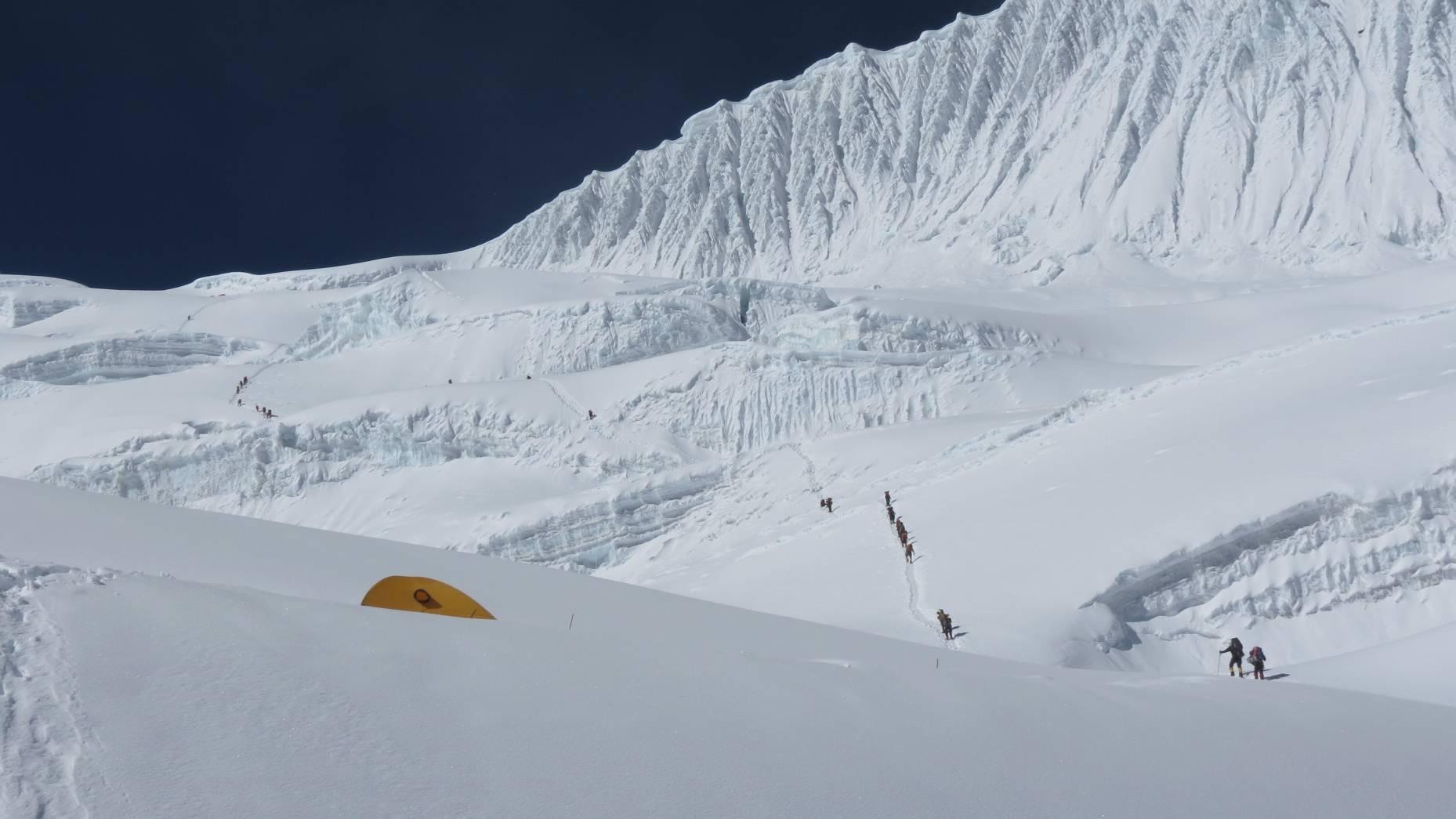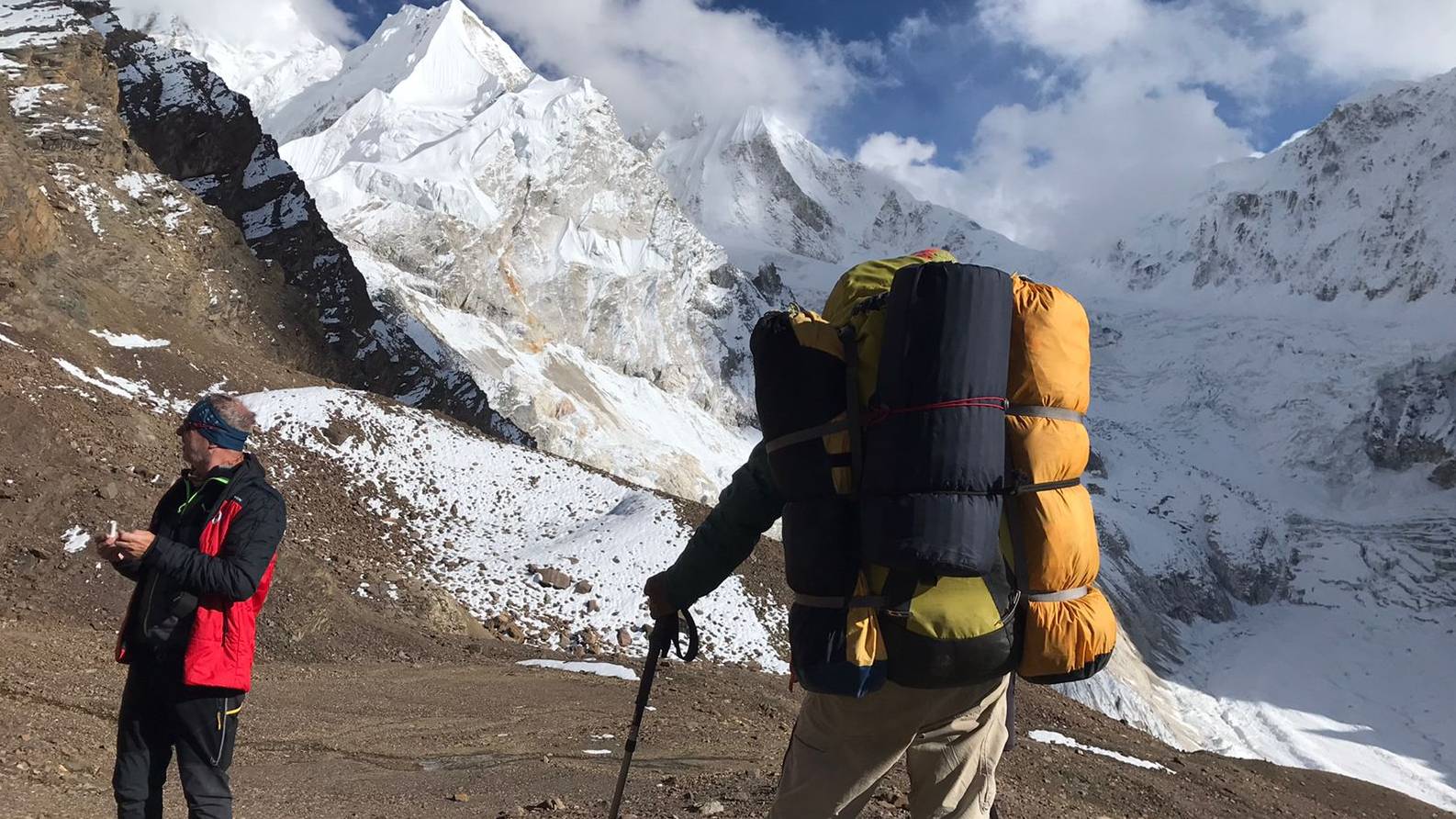Nepal is a haven for mountaineers, offering peaks that cater to both beginners and seasoned climbers. Among these, Island Peak Climbing, Mera Peak Climbing, and Lobuche Peak Climbing are some of the most sought-after adventures, each offering unique challenges and spectacular Himalayan vistas.
The Island Peak Climbing expedition, also known as Imja Tse, stands at 6,189 meters and is considered a gateway to high-altitude mountaineering. This peak offers a mix of trekking and technical climbing, featuring steep ice walls and rocky ridges. Island Peak Climbing is ideal for those looking to experience real mountaineering techniques such as using crampons, ice axes, and fixed ropes. The ascent provides breathtaking views of Everest, Lhotse, and Ama Dablam, making it a favorite for climbers who want both adventure and incredible photography opportunities.
For adventurers seeking a slightly more accessible high-altitude climb, Mera Peak Climbing is an excellent choice. At 6,476 meters, Mera Peak is the highest trekking peak in Nepal. The climb is less technical than Island Peak but requires proper acclimatization due to its altitude. Mera Peak Climbing is perfect for those who want the thrill of standing above 6,000 meters without extreme technical difficulties. The expedition rewards climbers with panoramic views of some of the highest peaks in the world, including Everest, Kanchenjunga, and Makalu, making it a truly unforgettable experience.
Lobuche Peak Climbing, standing at 6,119 meters, offers yet another exciting Himalayan adventure. Located near Everest Base Camp, Lobuche Peak is known for its challenging terrain, including rock and ice climbing sections. Lobuche Peak Climbing allows climbers to experience high-altitude conditions while remaining close to the iconic Everest region. The summit provides awe-inspiring vistas of the Khumbu Valley and surrounding peaks, making it a favorite among mountaineers seeking both challenge and stunning scenery.
Whether you are interested in the technical challenge of Island Peak, the accessible adventure of Mera Peak, or the rewarding summit of Lobuche Peak, these climbs offer unforgettable Himalayan experiences. Each expedition tests endurance, acclimatization, and determination while immersing climbers in the unique culture and natural beauty of Nepal. For mountaineers of all skill levels, Island Peak Climbing, Mera Peak Climbing, and Lobuche Peak Climbing remain top choices for an extraordinary adventure in the world’s highest mountains.
